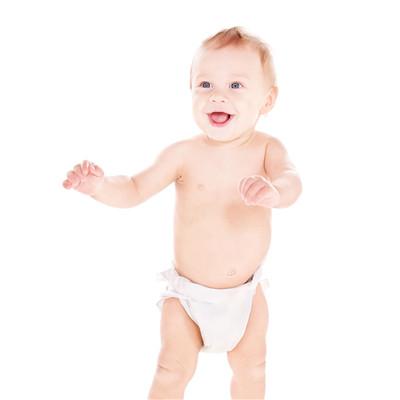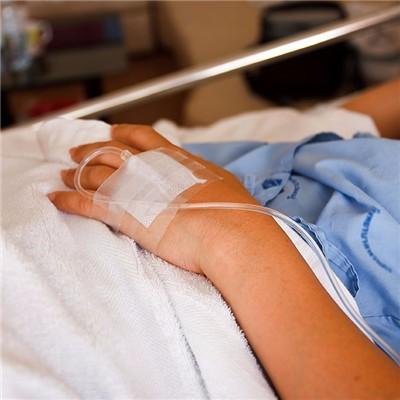What department does hallux valgus hang
summary
Hallux valgus has a certain genetic tendency, and usually shoes do not fit, it is easy to cause this disease. Let's take a look at the hallux valgus department.
What department does hallux valgus hang
First of all: hallux valgus general hanging bone surgery.
Secondly, conservative treatment is feasible for patients with deformity, no symptoms or mild symptoms. Wearing loose or open toed shoes can reduce the friction on the medial protrusion, and delay the further aggravation of toe deviation and other toe deformities by reducing the compression on the forefoot. A cushion placed in the shoe can relieve pressure on the painful area of the sole. The application of hallux valgus pad, night splint and interphalangeal pad may temporarily relieve pain and delay the progress of deformity. In the presence of bursitis, physical therapy and hot compress can be taken to improve.
Finally, if conservative treatment can not relieve the symptoms of hallux valgus deformity, surgery can be recommended to correct hallux valgus. There are many surgical methods, but no one is suitable for all hallux valgus patients. We should choose the appropriate operation method according to the specific situation of patients. When the angle between the first and second metatarsals is less than 15 ° in mild and moderate hallux valgus, the medial osteophyte of metatarsal head can be removed, and the adductor pollicis tendon can be cut off or removed. The amputated end of adductor pollicis tendon was transferred to the lateral side of the metatarsal head and neck, or the metatarsal head and neck osteotomy was used. If the angle between the first metatarsal bone and the second metatarsal bone is greater than 15 degrees, the first metatarsal shaft or basal osteotomy is usually used. For the patients with osteoarthritis of the first metatarsophalangeal joint, young patients often use the first metatarsophalangeal joint fusion; for the elderly patients, Keller operation or artificial joint replacement can be used. The patients should be informed that the operation may have problems such as limited activity, decreased strength, residual discomfort or postoperative recurrence.
matters needing attention
Avoid narrow shoes and high heels. For patients with flatfoot, rheumatoid arthritis or neuromuscular diseases, we should adjust shoes and choose appropriate protective equipment to avoid deformity.











